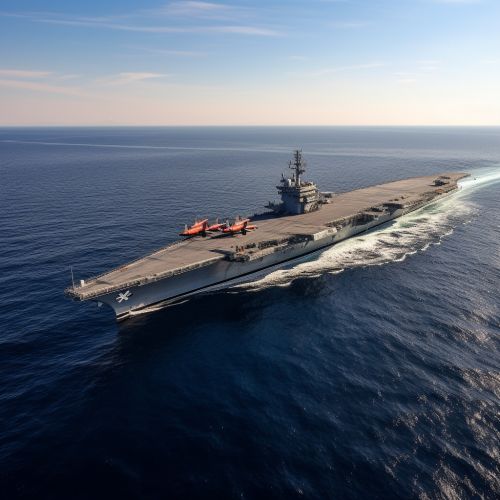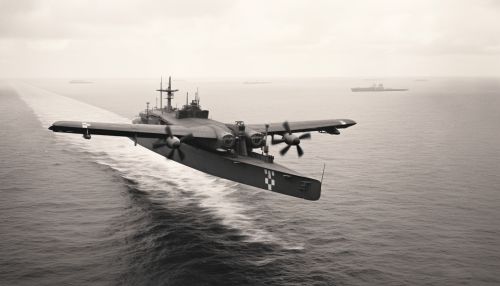USS Ranger (CV-4)
Construction and Design
The USS Ranger (CV-4) was the first ship of the United States Navy to be designed and built from the keel up as an aircraft carrier. The Ranger was relatively small compared to the later aircraft carriers, with a displacement of 14,500 tons. The ship was designed with a flush-deck design, meaning it had no island superstructure. This design was chosen to maximize the number of aircraft that could be carried and to facilitate the launching and recovery of aircraft.
The Ranger was powered by two Parsons geared steam turbines, each driving one propeller shaft, using steam provided by six Babcock & Wilcox water-tube boilers. The turbines were designed to produce a total of 53,500 shaft horsepower, giving the ship a maximum speed of 29.3 knots.


Operational History
The USS Ranger was commissioned on June 4, 1934, under the command of Captain Arthur L. Bristol. The ship spent its early years in the Atlantic and Caribbean, conducting training exercises and showing the flag. In 1939, with the outbreak of World War II, the Ranger was deployed to the Atlantic to support Allied convoys crossing the ocean.
In 1943, the Ranger was transferred to the Pacific Theater, where it participated in the Battle of Leyte Gulf, one of the largest naval battles in history. The Ranger's aircraft played a crucial role in the battle, sinking or damaging several Japanese warships.
After the war, the Ranger was decommissioned and placed in reserve. In 1947, the ship was sold for scrap.
Legacy
The USS Ranger was a pioneering design in the field of aircraft carrier construction. Its flush-deck design, while not repeated in later American carriers, influenced the design of several foreign carriers. The Ranger's wartime service was also notable, particularly its role in the Battle of Leyte Gulf.
The Ranger's name was carried on by two subsequent aircraft carriers: the USS Ranger (CVA-61) and the USS Ranger (CV-61). Both of these ships served with distinction in the U.S. Navy.
